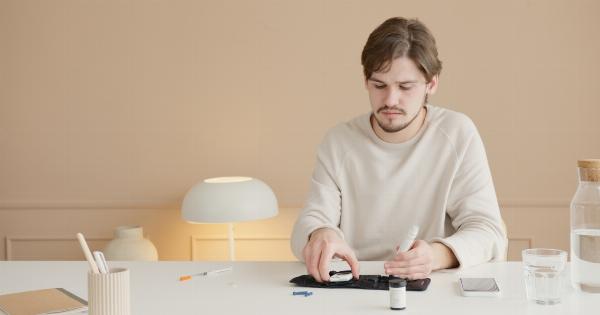According to the World Health Organization, breast cancer is the most common cancer in women worldwide, with nearly 2.1 million new cases diagnosed in 2018 alone.
Early detection and treatment can significantly increase the chances of survival, and one of the easiest ways to detect breast cancer early is through regular breast self-examination (BSE). Here are some guidelines on how to perform a BSE:.
When should you perform a BSE?
It is recommended that women begin performing monthly BSEs starting at age 20. Women who are pregnant or breastfeeding should still perform BSEs, but should not be alarmed by changes in their breasts due to hormonal fluctuations.
How should you perform a BSE?
First, stand in front of a mirror with your arms at your sides. Look at your breasts’ size, shape, and color. Then, lift your arms and examine your breasts’ appearance from different angles.
Look for any changes, such as dimpling, puckering, or bulging.
Next, lie down on your back, with a pillow or rolled-up towel under your right shoulder. Examine your right breast with your left hand. Use the pads of your three middle fingers to feel for any lumps or thickening in the breast tissue.
Move your fingers in an up-and-down pattern from your collarbone to your nipple, then from your armpit to your cleavage. Repeat this process on your left breast using your right hand.
Finally, stand up or sit down and inspect your armpits for any lumps or bumps.
What should you look and feel for?
When performing a BSE, you should look and feel for changes in your breasts, such as:.
- Lumps or thickening in the breast or underarm area
- A change in breast size or shape
- Dimpling or puckering of the skin
- A nipple that has turned inward or appears flattened, changed in position, or occurs only in one breast
- Discharge from the nipple (not breast milk)
- Pain or tenderness in the breast or nipple
What should you do if you notice changes?
If you notice any changes during a BSE, don’t panic. Many breast lumps are benign (noncancerous), but it’s important to have them checked by a doctor.
Schedule an appointment with a healthcare provider if you notice any changes in your breasts.
Final thoughts
Breast self-examination is a crucial part of maintaining good breast health and detecting breast cancer early. By making it a monthly habit, you can learn what is normal for your breasts and quickly identify any changes that may occur.
If you’re unsure how to perform a BSE or have any concerns about your breast health, speak to your healthcare provider. They can provide you with more information and guidance on breast cancer prevention and early detection.






















